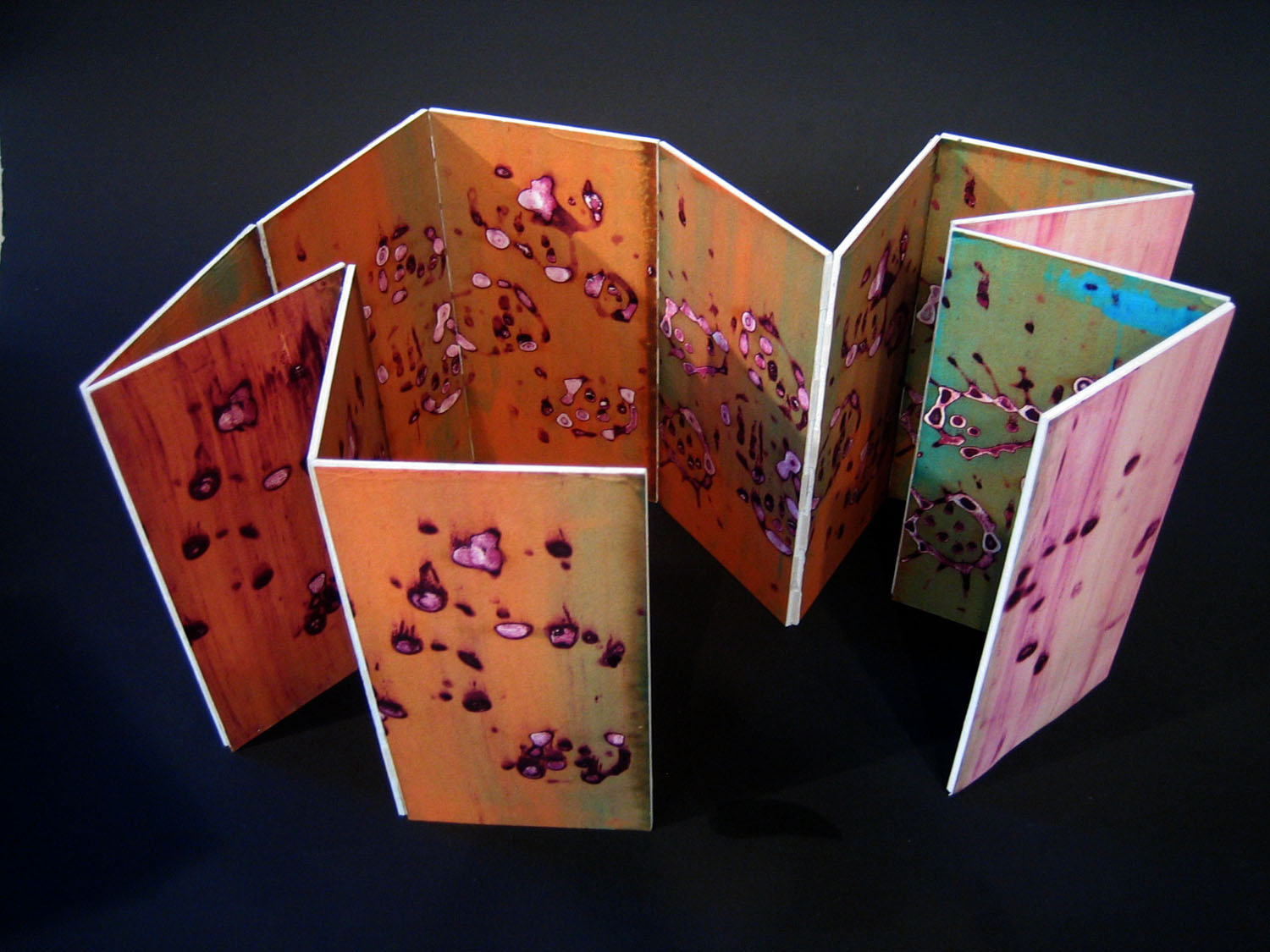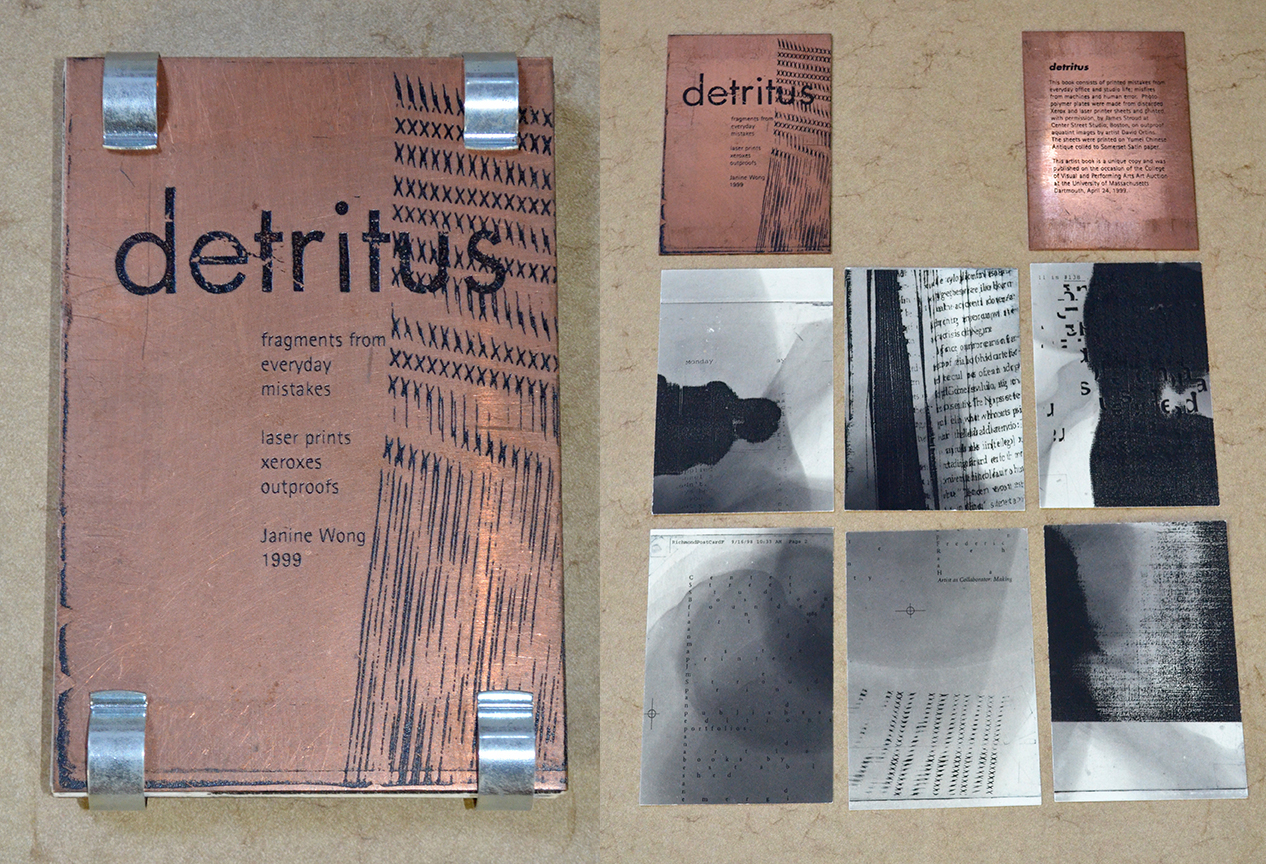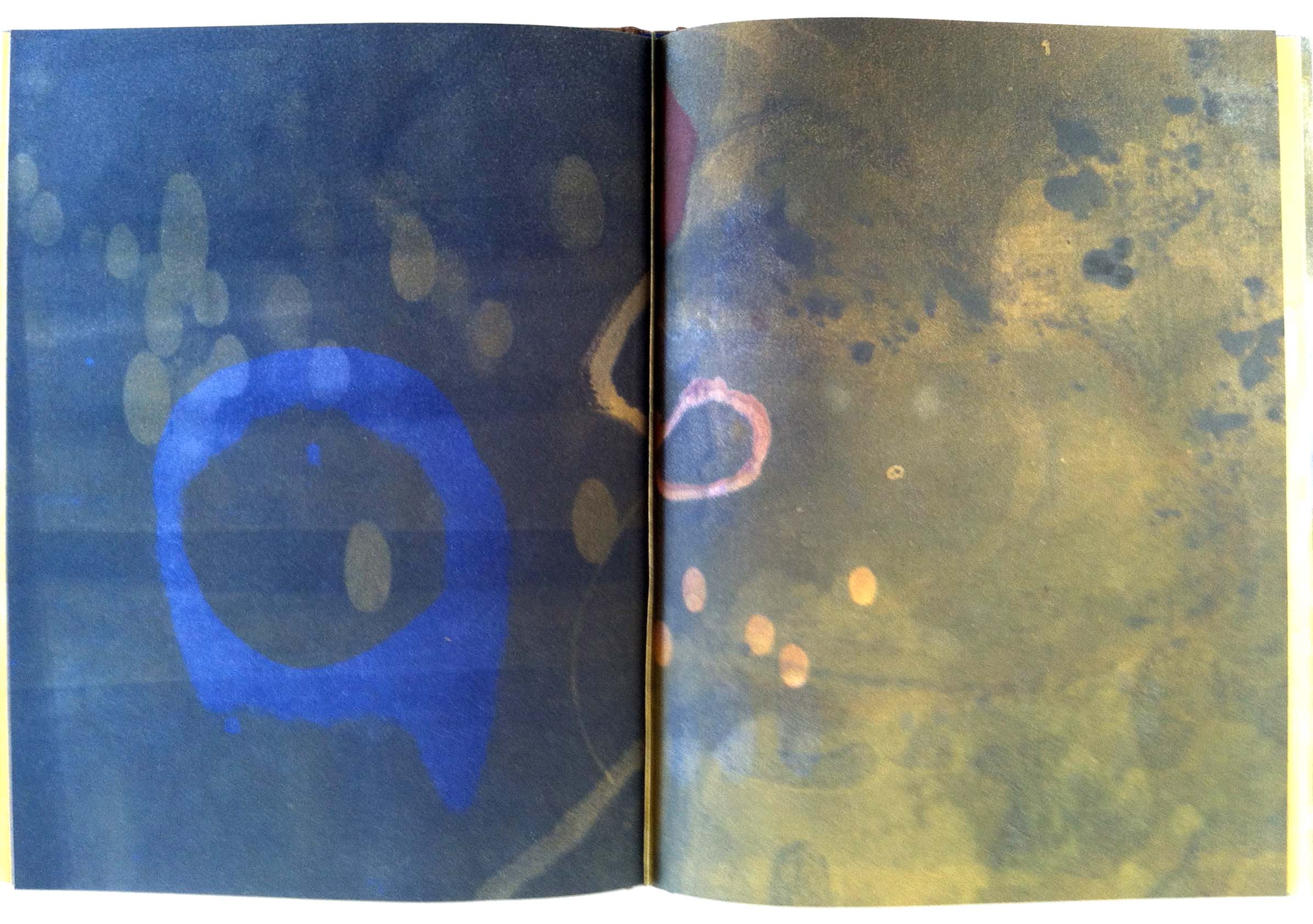
Janine Wong
ARTIST BIO
Janine Wong is a book artist who teaches design, typography and book arts at the University of Massachusetts Dartmouth, where she researches hybrid print processes combining both traditional techniques and digital technologies. She employs the results of this research to her own artist books, prints, collages and paintings. Wong experiments in letterpress printing with techniques of layering, cognate, viscosity and misprints, to create painterly and expressive prints. She often employs laser cut stencils, Toray, Sentra, PETG plates and multiple pressure print techniques. Her work is represented in several collections including the Joel and Lila Harnett Museum of Art at the University of Richmond and the Yale Art Gallery, and in special collection libraries at Brown University, Rhode Island School of Design, Oberlin College, Bowdoin College and the University of California Santa Barbara. She is a recipient of a Regional NEA award in works on paper and was a Visiting Artist at the American Academy in Rome. She received the CBAA Exhibition Award in 2012 for her artist book Bloom, and a CBAA Honorable Mention Award 2009.
Wong received an MFA in Design from the Yale School of Art and a BArch from Cornell University. She resides in Milton, Massachusetts.
ARTIST'S WORK

Bloom is a collaboration between artist Janine Wong and scientist Elizabeth Halliday. The etchings with text and diagrams explore some of the beautifully diverse microscopic phytoplankton that live in ocean surface waters around the world.

 Atrophy, an artist book in silkscreen, is a meditation on Janine's father's two and a half years with lung cancer. This visual journey explores the nature and change through imagery of abstracted cancer cells.
Atrophy, an artist book in silkscreen, is a meditation on Janine's father's two and a half years with lung cancer. This visual journey explores the nature and change through imagery of abstracted cancer cells.

Detritus was created through collecting office paper trash, photocopy mistakes, out proofs, and studio refuse--all re-copied onto photo polymer plates and reprinted onto more trash from the art studio. The medium expresses the beauty in the machine mistakes of everyday life.
Aleatory Notation consists of ten pages of monotypes exploring image possibilities derived from chance and accidental events afforded by the medium.





